🎬 #89 The Male Physique in Cinema.
The bodies of men have changed almost as much as film itself. From the kind of boxy build of the 1940s-1960’s, to the swole, super lean, ultra-low body fat percentages favoured by more modern films.
This week is all about how the male body is portrayed, how it fits the character and what it says about who they are. You’ll also see it’s changed quite a lot in not a huge amount of time.
Happy choosing, happy viewing
Bry
FILM ONE: BEN-HUR
1959 Dir William Wyler
[3hrs 32 mins]
Wyler’s biblical epic has Heston play Juda Ben-Hur, who, wronged by his best friend, charts his journey back to get his sweet sweet revenge. I promise I’m not obsessed with William Wyler, but this film was just a great example of the ‘boxy’ male physiques I mentioned in the opening.
Now science tells us that you can be incredible strong and not ‘ripped.’ Just look at any powerlifters’ bodies, they’re bulky - not the low body fat varieties that grace the covers of men’s fitness magazines. So Judah could be strong, he’s lean enough, but compared to modern examples - he looks quite ‘normal.’ He doesn’t project the contemporary ideas of a ‘heroic’ body. He looks like he could be a geography teacher who likes to hike.
Everything in a film is used to tell the story or tell us something about the characters. Today, if the film is about a ‘hero’ we can expect to see a body that looks like a lot of hard work went into it, that projects strength and traditional ideals of heroism, big arms, chest, lean and vascular. Similar to the way the Greeks sculpted perfect male bodies that couldn’t really match that of the everyday Greek civilian. We have modern superhero cinema as our version of that. Something to aspire to - but that can feel very out of reach compared to the everyday man.
So here in Ben-Hur, the story is told via everything that Wyler had at his disposal, perhaps, except, the modern benefits of a dedicated training regime with a personal trainer and nutritionist to jack up his protagonist. But, also, this might be the exact look they were both going for. In his predicament I’m sure Ben-Hur didn’t care about being aesthetic, he cared about survival. In fact, research suggests that Gladiators feasted on a mash of beans and potatoes, they wanted to gain strength and size but they also wanted fat. That precious inch or more could help protect them against stab wounds or blunt weapons, acting as inbuilt body armour. 9% body fat with rippling abs might ‘look good’ on camera but in reality it doesn’t offer much protection against a swinging mace.
Which is why Russell Crowe’s physique in Gladiator or Heston’s in Ben-Hur is maybe more historically accurate than say those featured in Zack Snyder’s 300. But the portrayal of the male body in that film has distinct intentions - look how fit these guys are, they must be the best fighting army that ever lived. Like the Greek statues, they are a mythic ideal of the ‘hero’ and fighting fitness. Ben-Hur is the body of a man who doesn’t obsess over how he looks, all he cares about is righting wrongs, unlike the guys below.
TL;DR Ben-Hur’s ‘normal’ body is featured prominently in Wyler’s epic, a physique built to survive, not to grace the pages of GQ.
*Available for a small rental fee on Amazon, Apple, Google and YouTube in the US and the UK.
Fact: Wyler wanted David Lean to direct the chariot race sequence, and even promised him a specific screen credit - ‘Chariot race directed by David Lean,’ but Lean declined.
FILM TWO: BARBIE
2023 Dir Greta Gerwig
[1hr 54mins]
If you haven’t seen Barbie I really urge you to go check it out. It’s so much fun and gets away with so much - it’s just a heartwarming example of the joy that cinema can bring to an audience. Everyone is having fun here. And Ken’s physique is plastic doll ‘perfect.’ Something that every man watching the film might want more than even the straight women watching. Everything here is perfect and over the top in a brilliant way. The contrast of real life and Barbie life is the rub that is flawlessly executed by Gerwig and her team.
The fact that Ryan Gosling looks how he looks for the part, is all geared towards the central joke of the film. I’ll not spoil anything, but how it obliterates the ideas of masculinity makes up one of my favourite sequences in the film. The ‘ideal’ male body is just on show to expand on those ideas further - this is a doll that represents a man - like the Greek statues, it’s the ‘ideal’ man - the Vitruvian Man where all proportions are as perfect as the golden ‘beach bod’ skin tone. But it has zero function for the characters other than symbolise their role, e.g. Gosling plays ‘beach Ken,’ so in that sense it’s good for the environment he works in, in terms of pure aesthetics. But it doesn’t help them be who they are, in fact it can be a distraction, taking them away from who they really want to be. The male body here is more appealing to the other Kens - a sign of capability, a sign of discipline, of macho-ness. In fact, in Barbie land, none of the Barbies are that fussed about Ken’s low body fat percentage or well defined pecks. He’s just Ken.
TL;DR Gosling’s ‘ideal’ male physique is all part of the joke of Greta Gerwig’s big swing, big pay off odyssey to the real world and back.
*Available for a decent chunk of a rental fee on Amazon, Apple, Google and YouTube in the US and the UK. Please, though, see it in the cinema if it’s still playing near you.
Fact: Mark Ronson wrote the song ‘I’m just Ken’ largely as a joke, but Greta liked it and when Gosling heard it he loved it so much he suggested it should be a musical number in the film. Enjoy it here if you haven’t already…


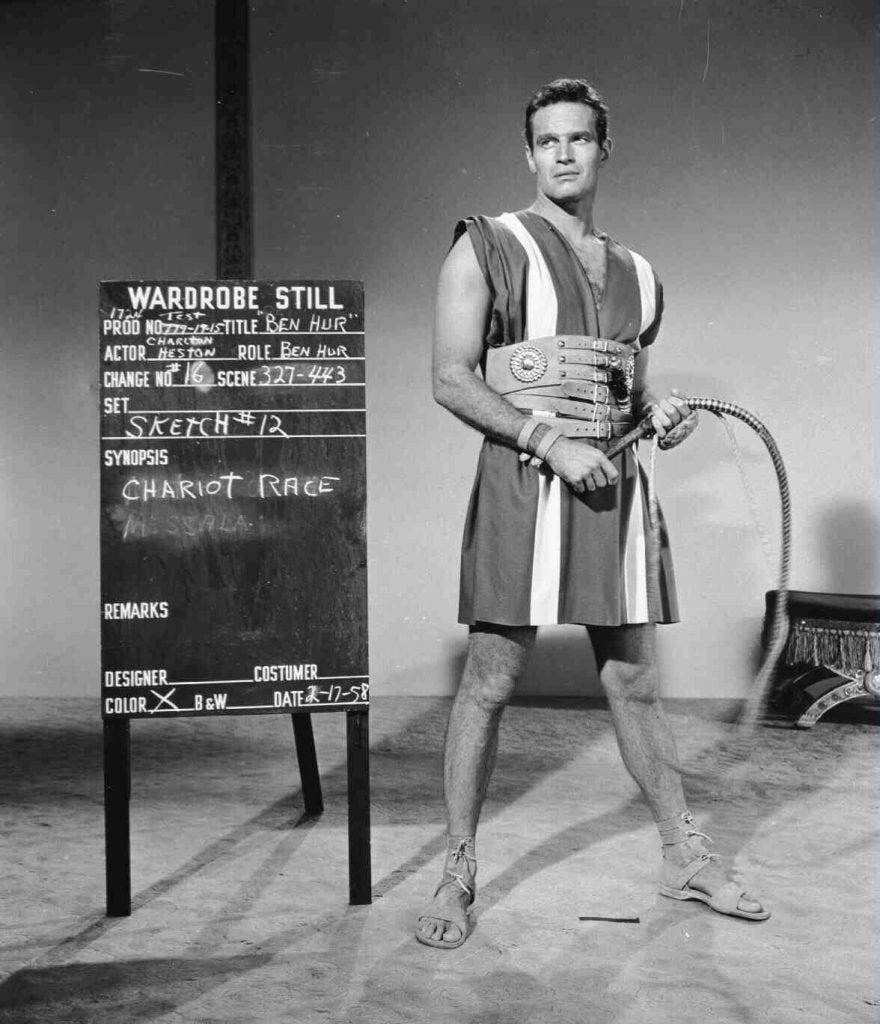
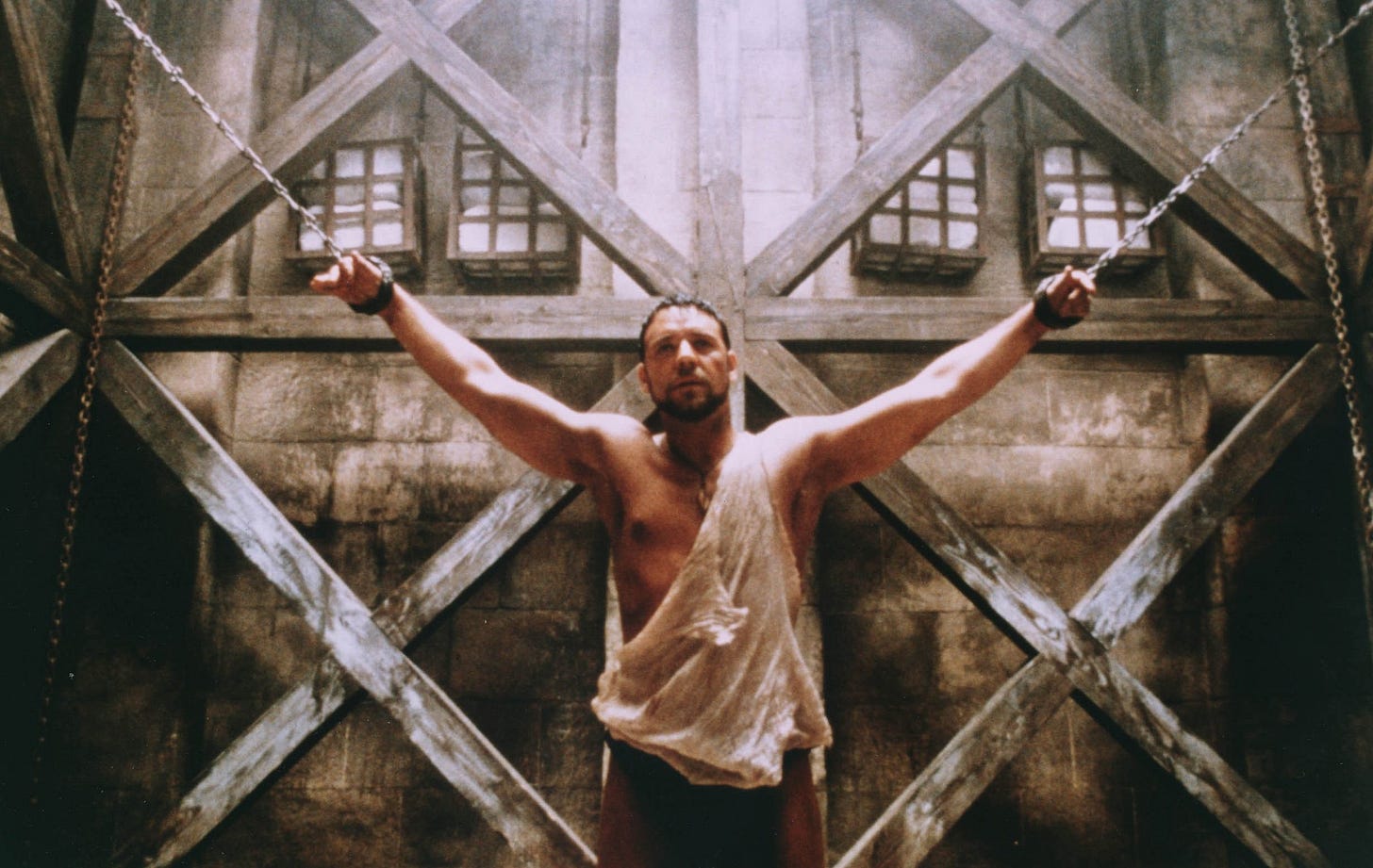
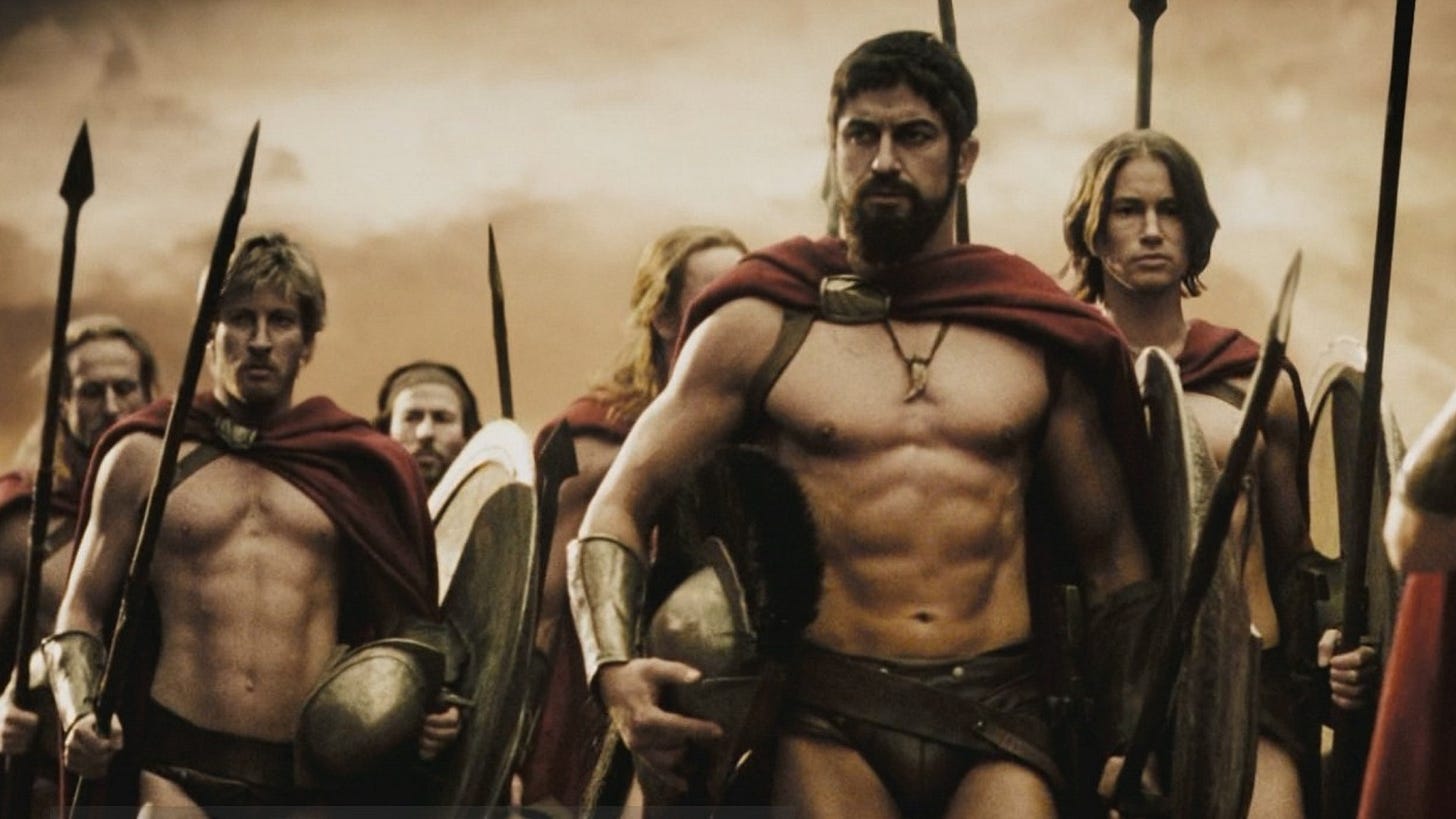
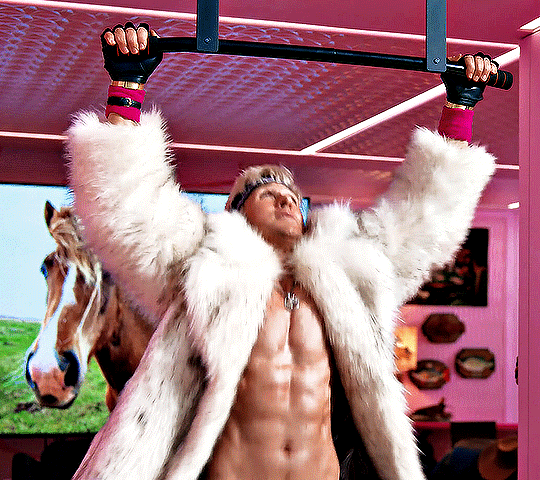

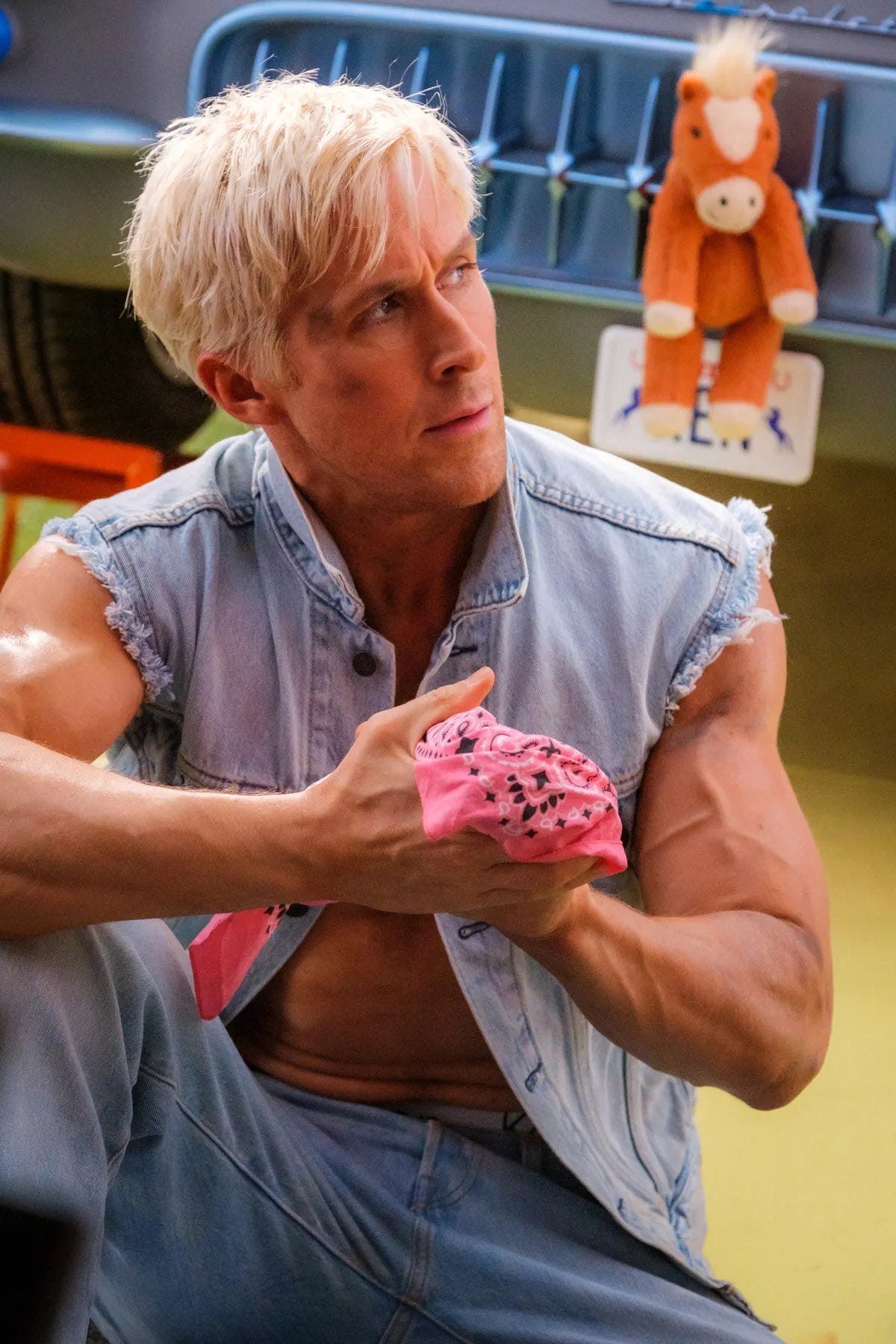
My favorite example is the cowboys on Yellowstone. Cowboy strong is a way of life not size. From the bulky Rip to the wiry Teeter their bodies all do pretty much the same job despite differences in size.